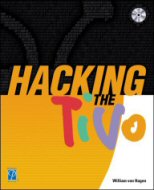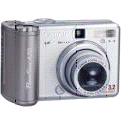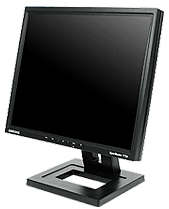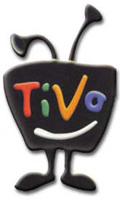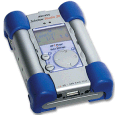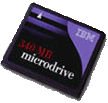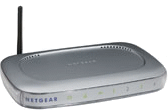 I was getting frustrated with my first-generation Linksys wireless router, the BEFW4S11, that I had originally purchased back in 2001. All I needed was a good price on Amazon, coupled with a manufacturer rebate to convince me to get the Netgear WGR614 wireless router to replace it for just under $50.
I was getting frustrated with my first-generation Linksys wireless router, the BEFW4S11, that I had originally purchased back in 2001. All I needed was a good price on Amazon, coupled with a manufacturer rebate to convince me to get the Netgear WGR614 wireless router to replace it for just under $50.
The WGR is a wireless G router, which means I get a 54mbs connection from my Sony VAIO to the router, but all of my existing B devices (other PCs, the TiVo, etc.) connect at the lower 11mbs. As with any router now-a-days, it’s easily configurable through a web interface and has very nice management features. It’s also smaller, and only has one antenna, but my site survey of my house seems to suggest that it has the same range as the dual-antenna’ed Linksys device. So far I am much happier with it than I was with the BEFW4S11 and am slowing migrating all of my Linksys hardware to Netgear.
